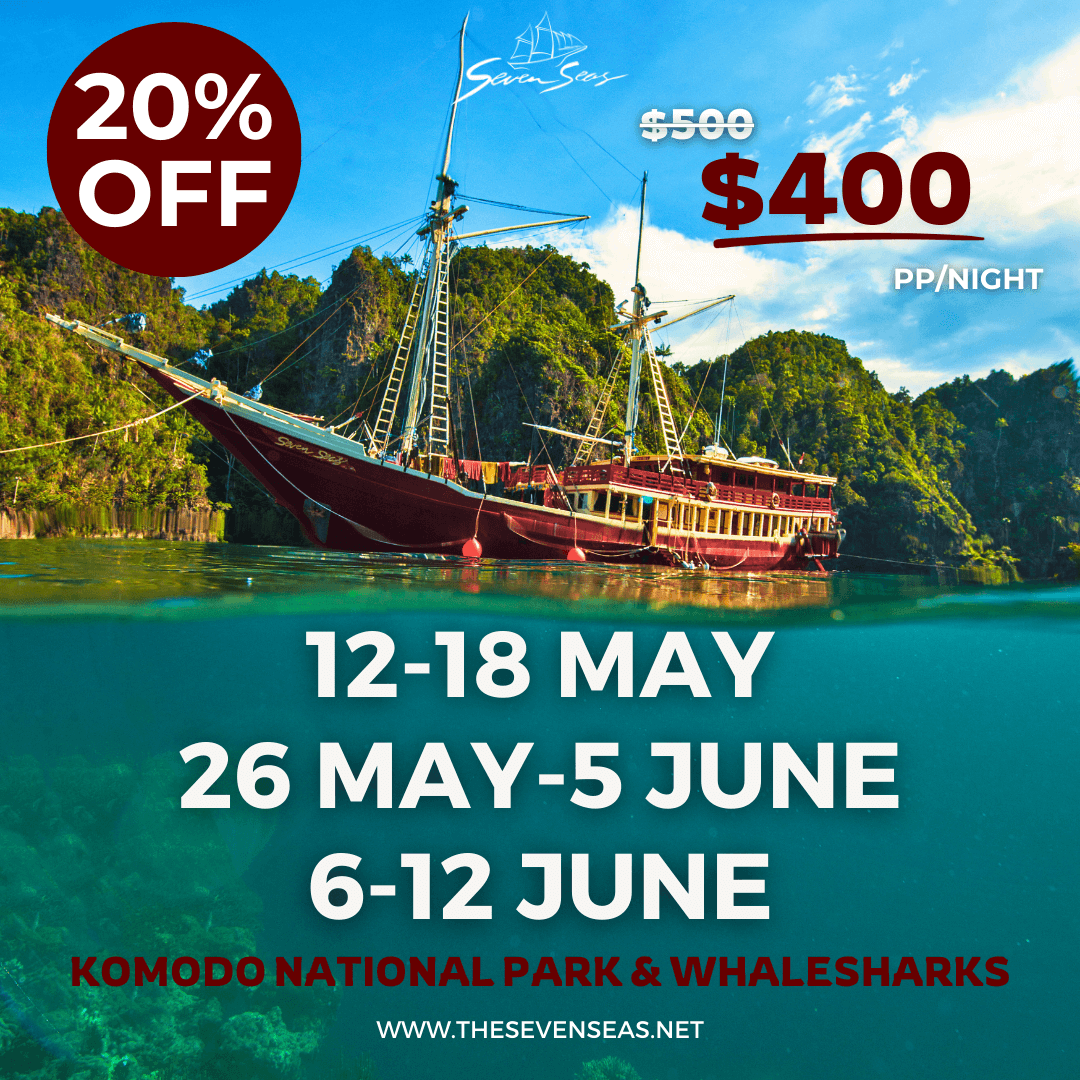THE SEVEN SEAS
BANDA SEA
Dive the Famous Spice Islands
THE SEVEN SEAS
BANDA SEA
Dive the Famous Spice Islands
Once sought by Columbus and Marco Polo, the Banda Islands were the original Spice Islands and the most coveted destination on earth, particularly by the Dutch and Portuguese who colonized the islands and exported the indigenous nutmeg and cloves.
History tells of a violent past under colonial rule. Now, the seas around these tropical paradise islands are coveted for their spectacular diving and snorkelling on some of the world’s richest reefs, unspoiled corals, and large pelagic fish.
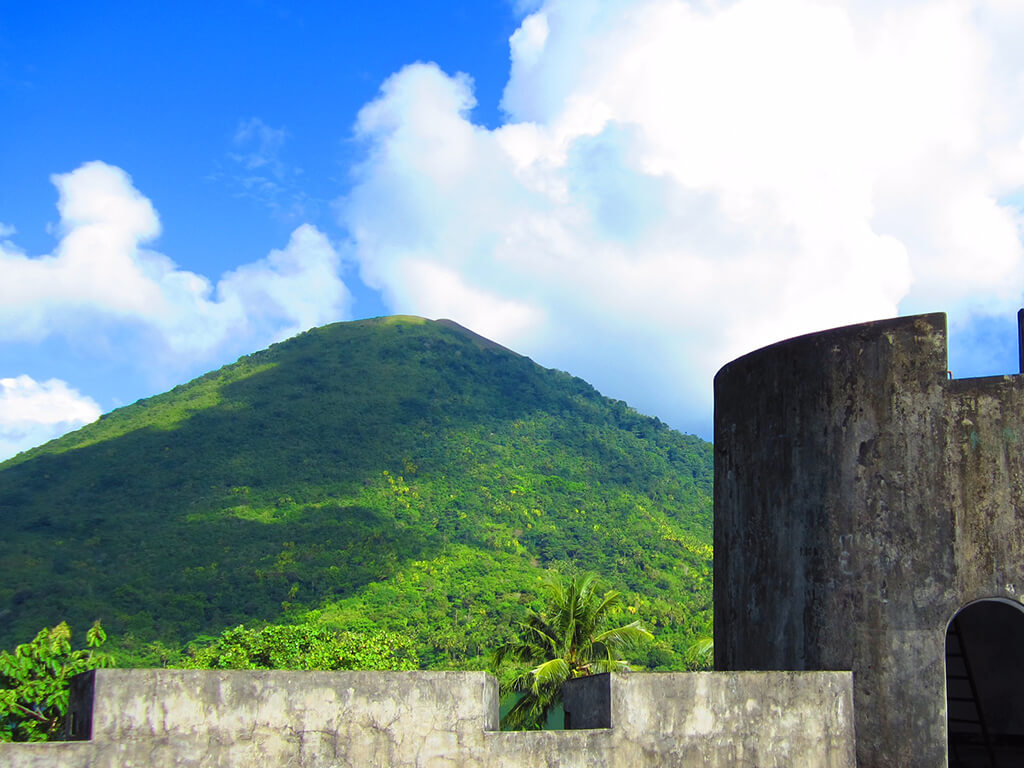
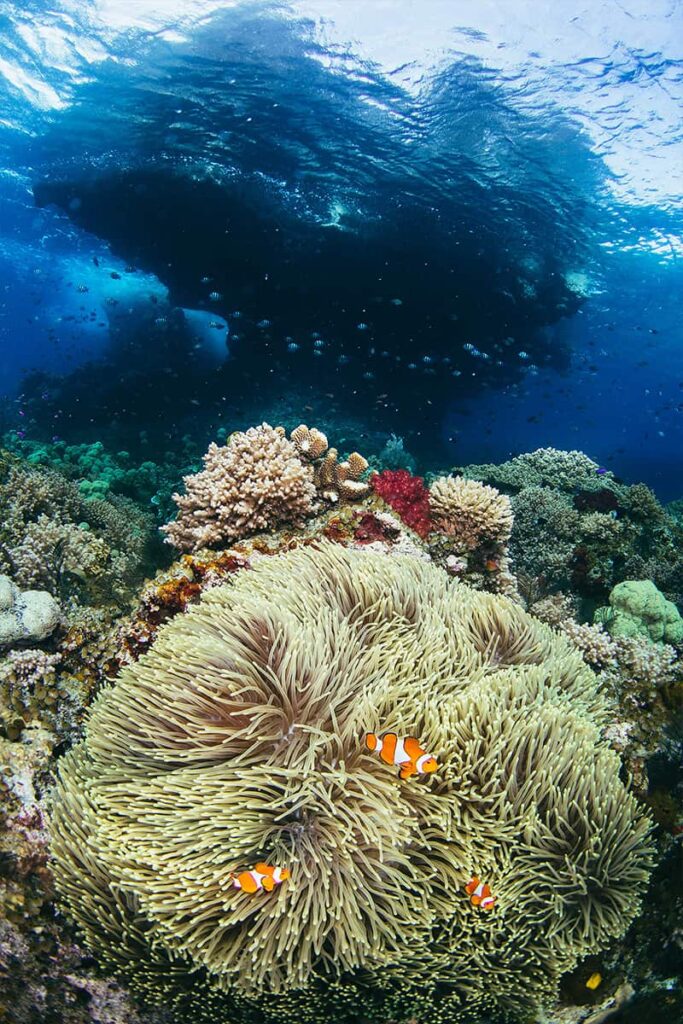
Steep drop-offs, impressive hard coral, and some fast currents make this area breathtaking. Schools of jacks are a familiar sight, as are giant tuna, many turtles, Napoleon wrasse, groupers, rays, sharks, and giant lobsters. Excellent visibility is a blessing here, and there are also some special critter sites.
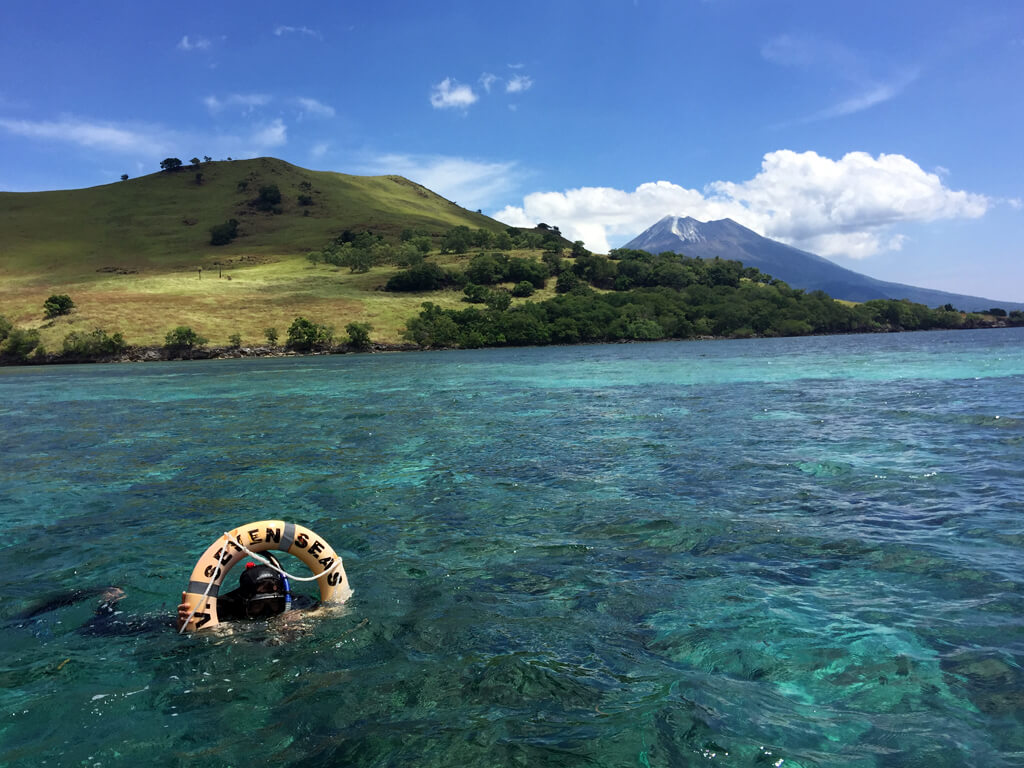


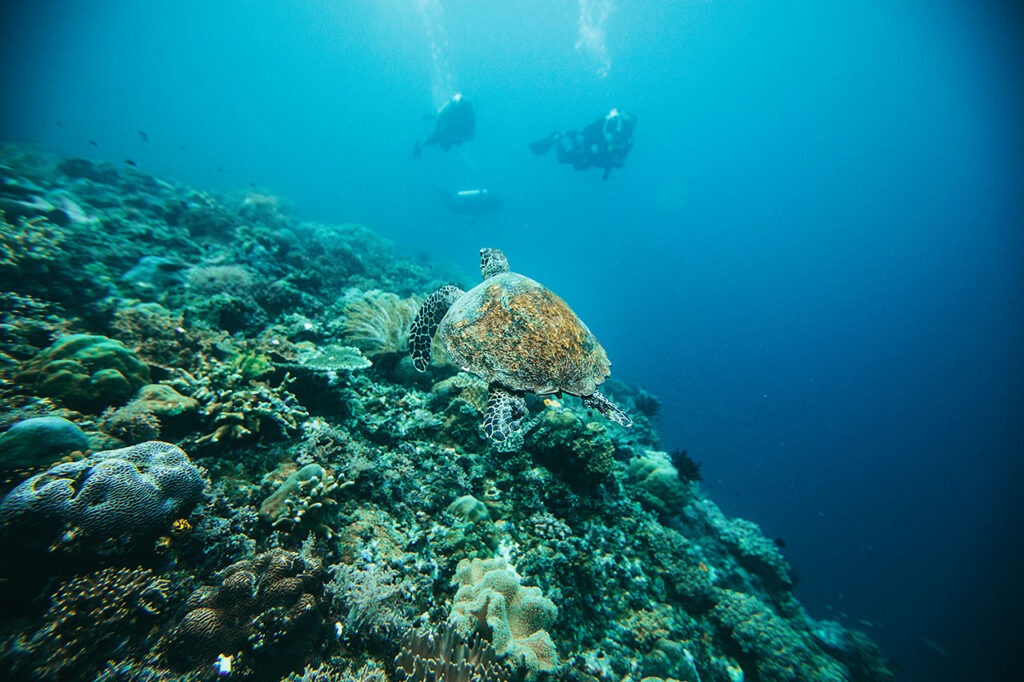

The Banda Sea is surrounded by islands from the large islands of Buru, Halmahera, Ambon and Seram in the north towards Gorom, Kei and Aru in the east, the islands of Tanimbar, Wetar and Reong, and a series of smaller islands such as Babar and Moa, touching East Timor in the south.
Ambon Bay is host to some of Indonesia’s best critter diving. The nearby island of Halmahera is still largely unexplored and has recently produced some stunning sites.
Watch the Exploration
Seven Seas Solitude 2: Diving The Banda Sea, Lucipara Islands and Triton Bay
The Seven Seas Liveaboard 541 views
Seven Seas Solitude: An Epic Trip below the Waves - Diving the Forgotten Islands
The Seven Seas Liveaboard 1.2K views
Chapter #10: AMBON to SORONG. Out of the Black & Into the Blue | NA-GH5 | Nauticam Housing |
The Seven Seas Liveaboard 3.2K views
Banda Sea Liveaboard Cruise on the Seven Seas
The Seven Seas Liveaboard 349 views
Raja Ampat & Banda Sea on board the Seven Seas, April 2017
The Seven Seas Liveaboard 1.8K views
Raja Ampat & Banda Sea - The Seven Seas Liveaboard
The Seven Seas Liveaboard 179 views
Gunung Api is an isolated volcanic peak rising from the heart of the Banda Sea. Surrounded by crystal clear waters this uninhabited island is home to thousands of nesting seabirds.
Exuding sulphur both above and below the landmark, the water is also home to extraordinary numbers of banded kraits (sea snakes), which have become a special attraction for divers. It’s not unusual to have swarms of these non-aggressive sea snakes around you while diving on Gunung Api.
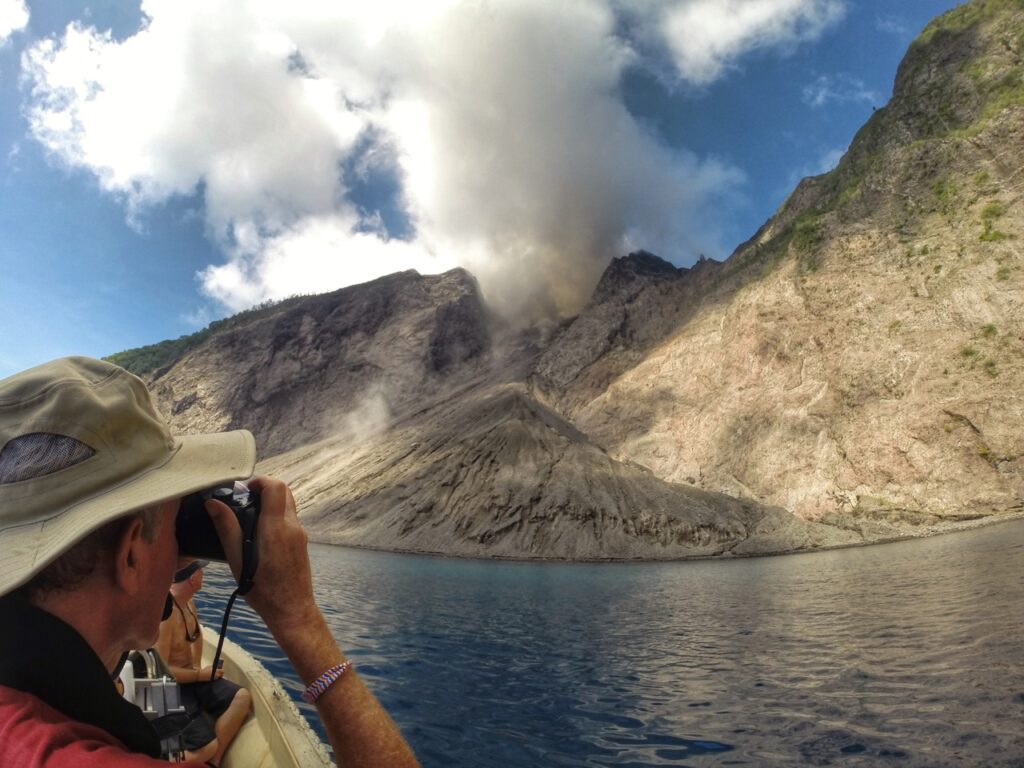
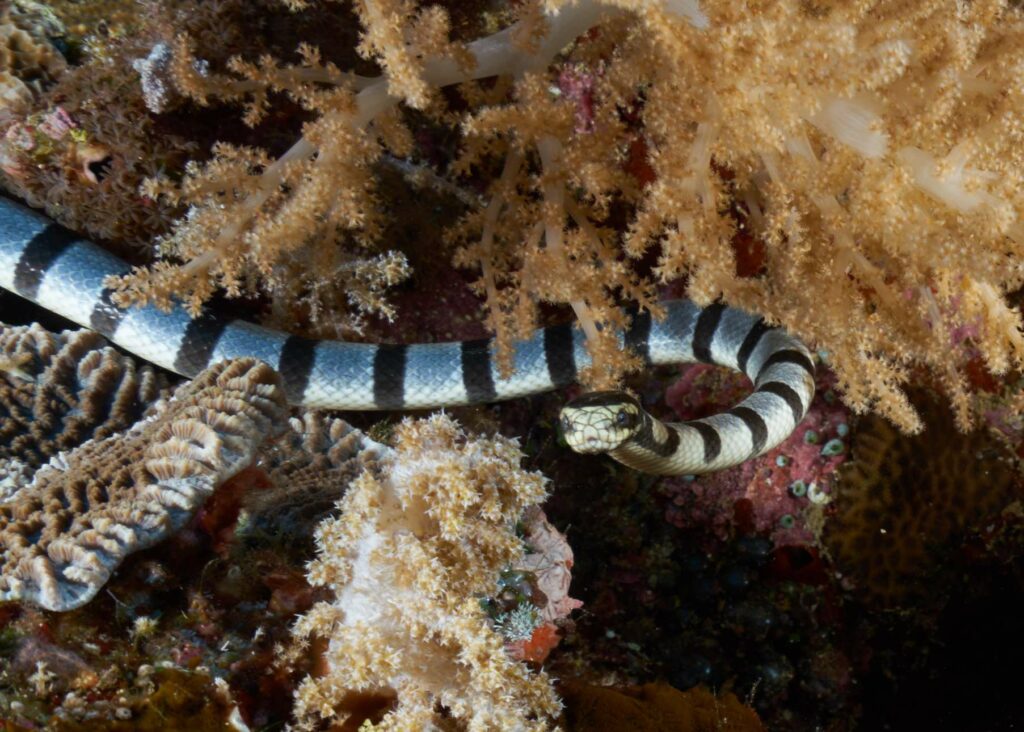
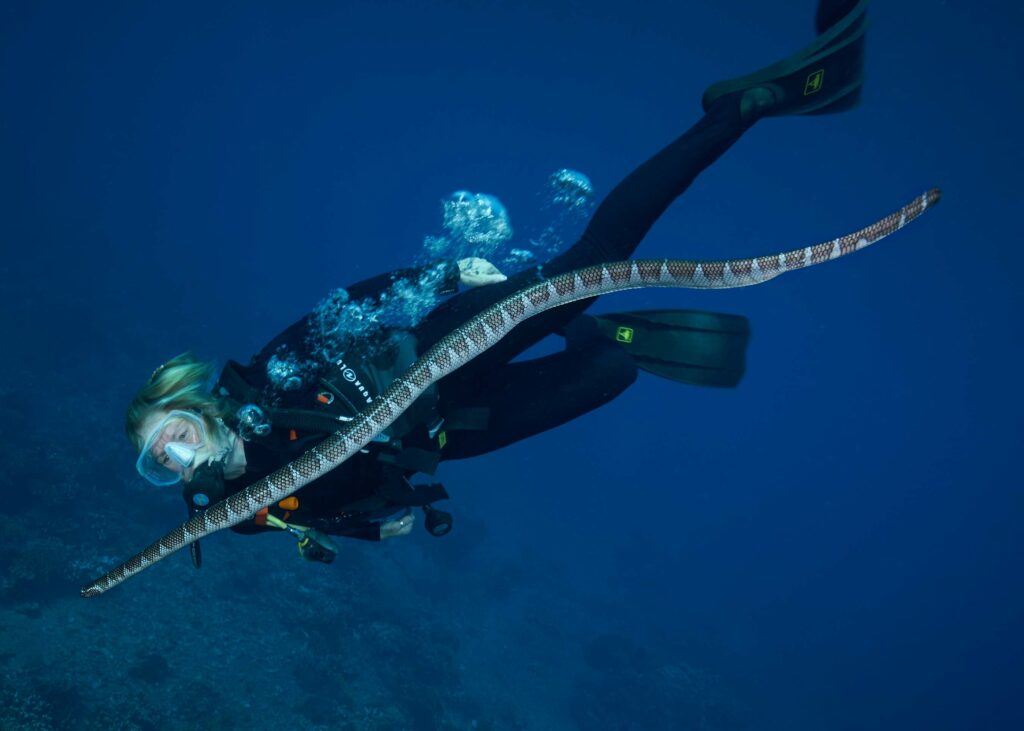
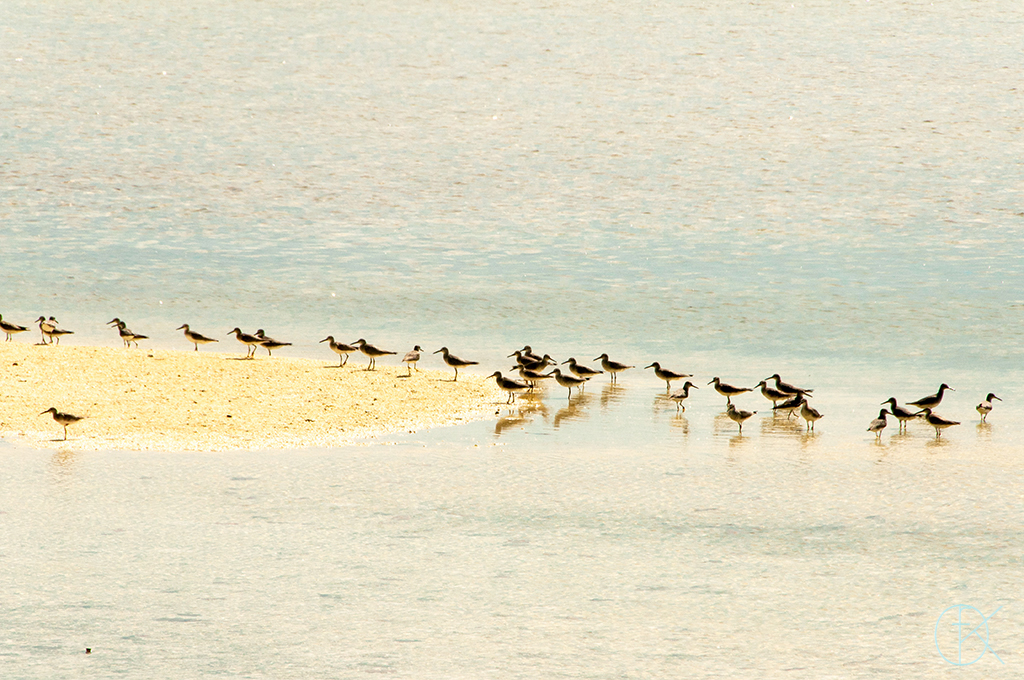
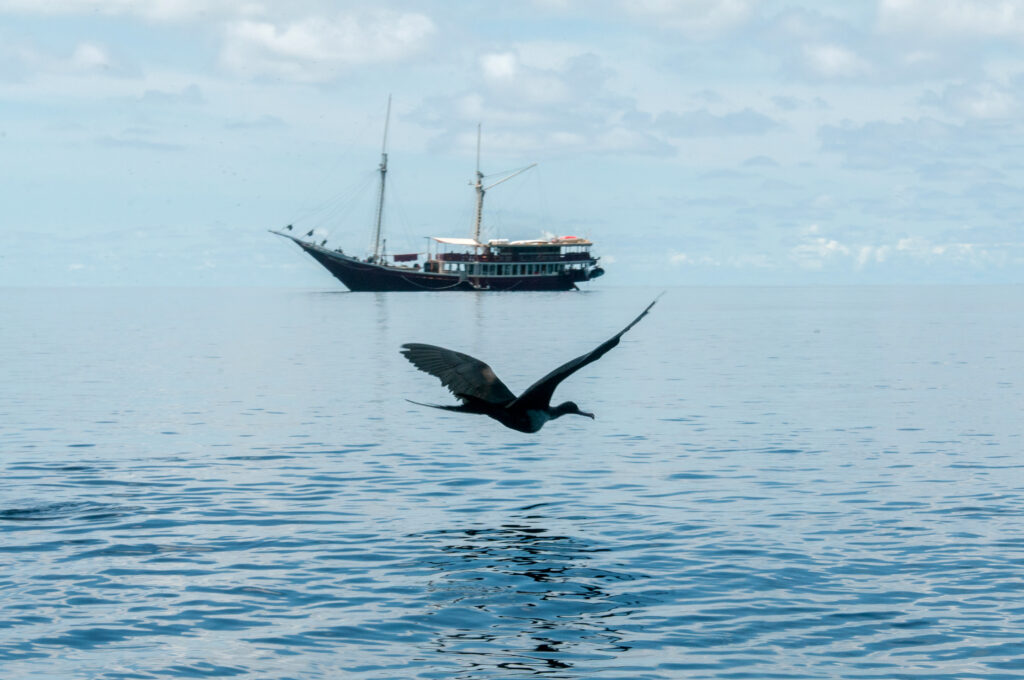
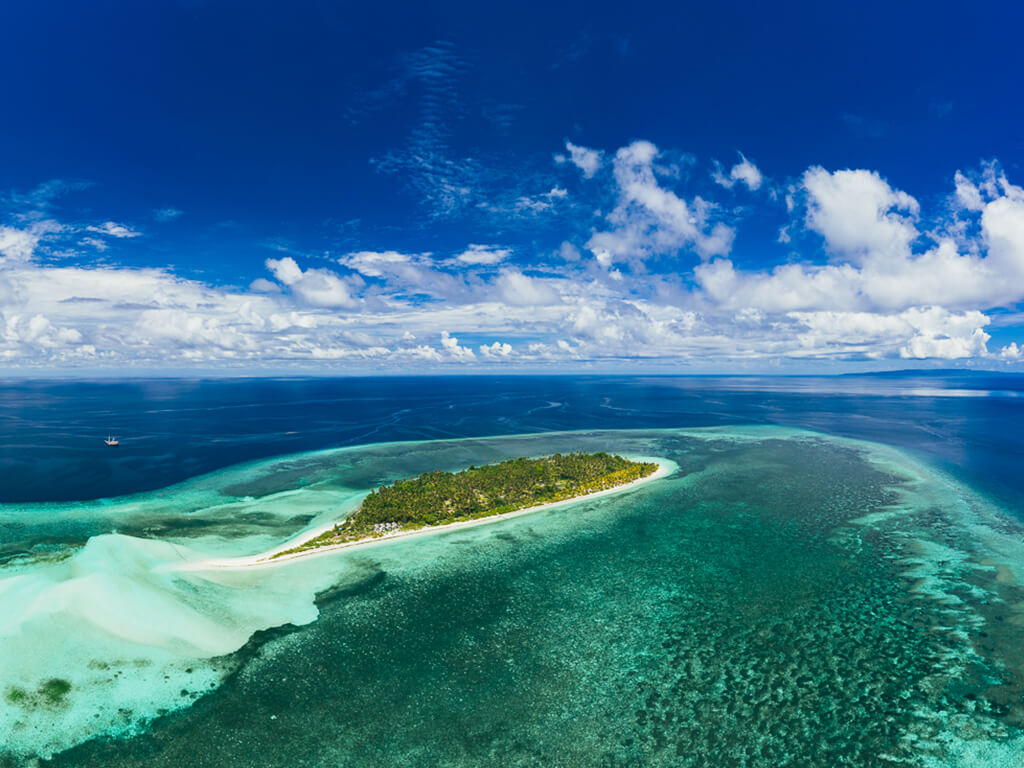

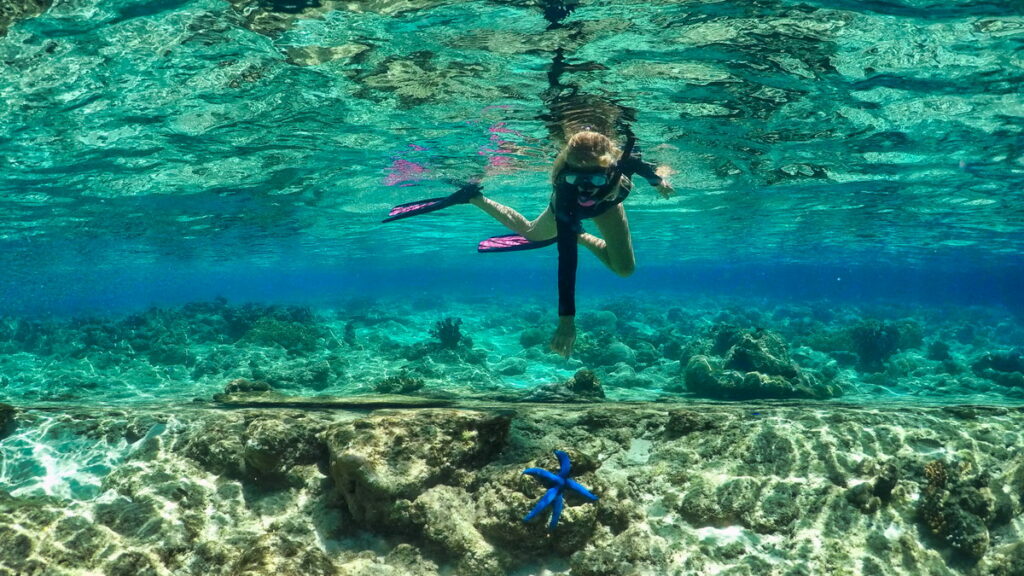
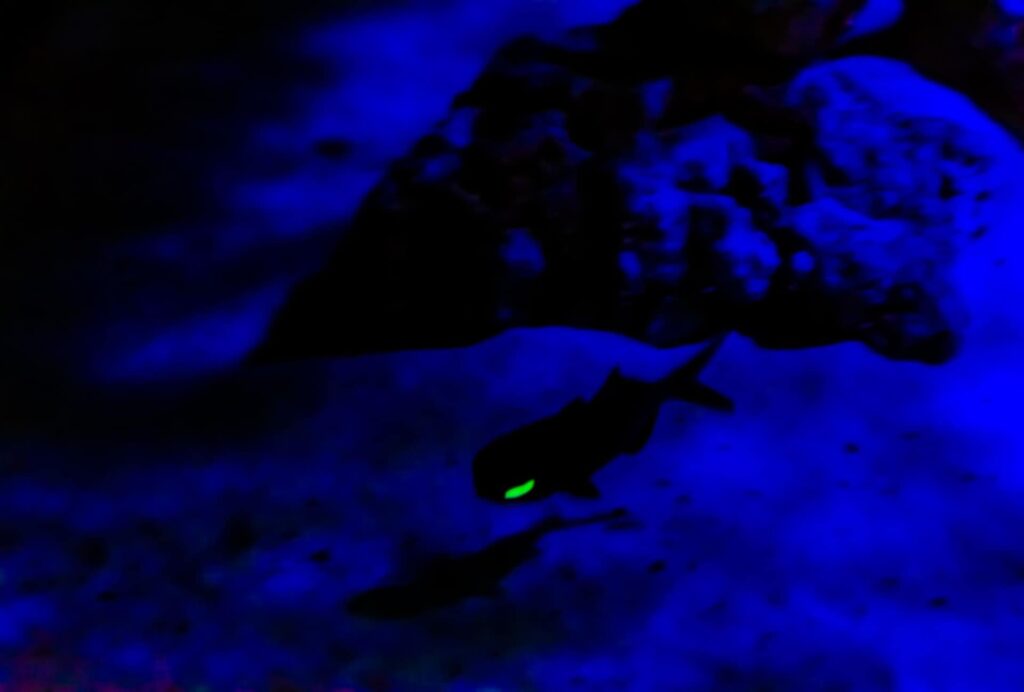
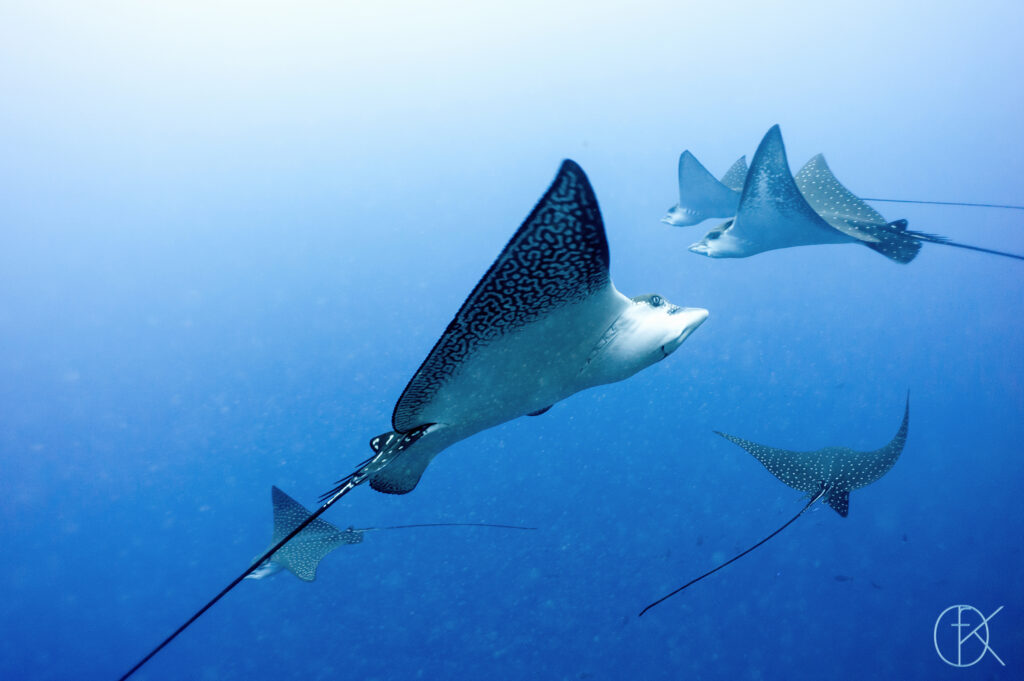
The 5 tiny atolls of Lucipara in the middle of the Banda Sea are the tops of undersea mountains rising up over a mile from the ocean floor.
The uninhabited beaches are ideal green turtle nesting sites, while the reef’s breathtaking drop off to ocean waters is ideal for diving and snorkeling. A highlight here is night diving with the rare Photoblepheron bandanensis or more commonly known as the “flash light fish”.
Flights:
From Bali or Jakarta to Ambon (stopover in Makassar), or from Manado to Ambon. Seven Seas also regularly has cruises starting either in Maumere, Flores or Sorong Papua, which include the Banda Sea as part of the itinerary. Contact us for more information on this.
- Wall diving with great visibility
- Excellent and colourful hard coral
- Very healthy fish life
- Spectacular island backdrops with many volcanoes
- Beautiful uninhabited beaches for sunset strolls
- Fishing around the islands in deeper waters has been spectacular, especially for tuna
- Most guests come to enjoy the combination of superb diving and intriguing history
| Dry season: | May – November |
| Rainy season: | December – April (high rainfall Jan/Feb) |
| Air temperature: | 27 – 32°C |
| Water temperature: | 27 – 30°C |
| Best time to dive: | October – December & March – April |
| Other interesting info: | Most of the climate is determined by monsoon winds. Northern area is more predictable than the south. Refreshing breezes onboard throughout most of the season. |


